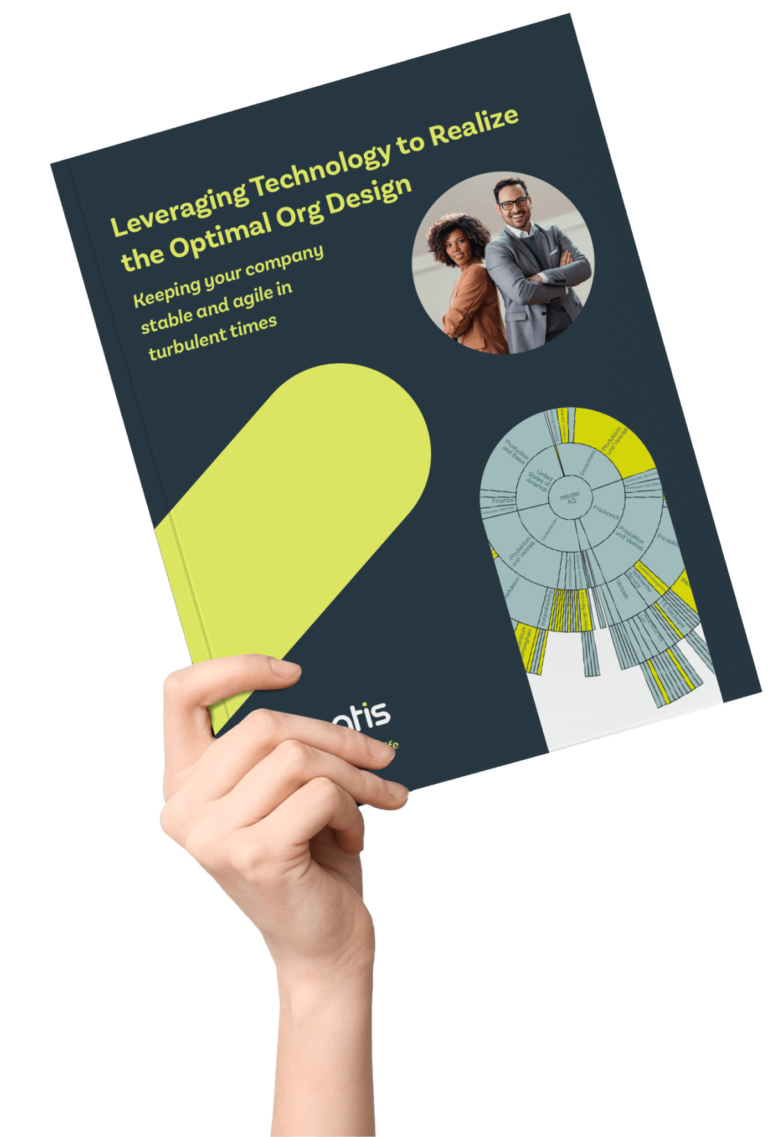The matrix organization is a type of organizational structure that combines elements of both functional and divisional models. As companies face global crises, technological change, and shifting markets, this matrixed organization helps them stay flexible and resilient.
In a matrix structure, employees often report to more than one manager at the same time. This setup, called matrix management, creates dual reporting relationships and encourages cross-functional collaboration, making the best use of people and expertise across departments.
A matrixed organizational structure blends project teams with functional departments. It’s especially useful when teams work remotely, across borders, or in digital business models. It allows for agility while maintaining a clear hierarchical structure.
This kind of structure lets companies manage specific projects and everyday operations in parallel. That means team members can quickly adapt to new demands while staying anchored in their departments.







